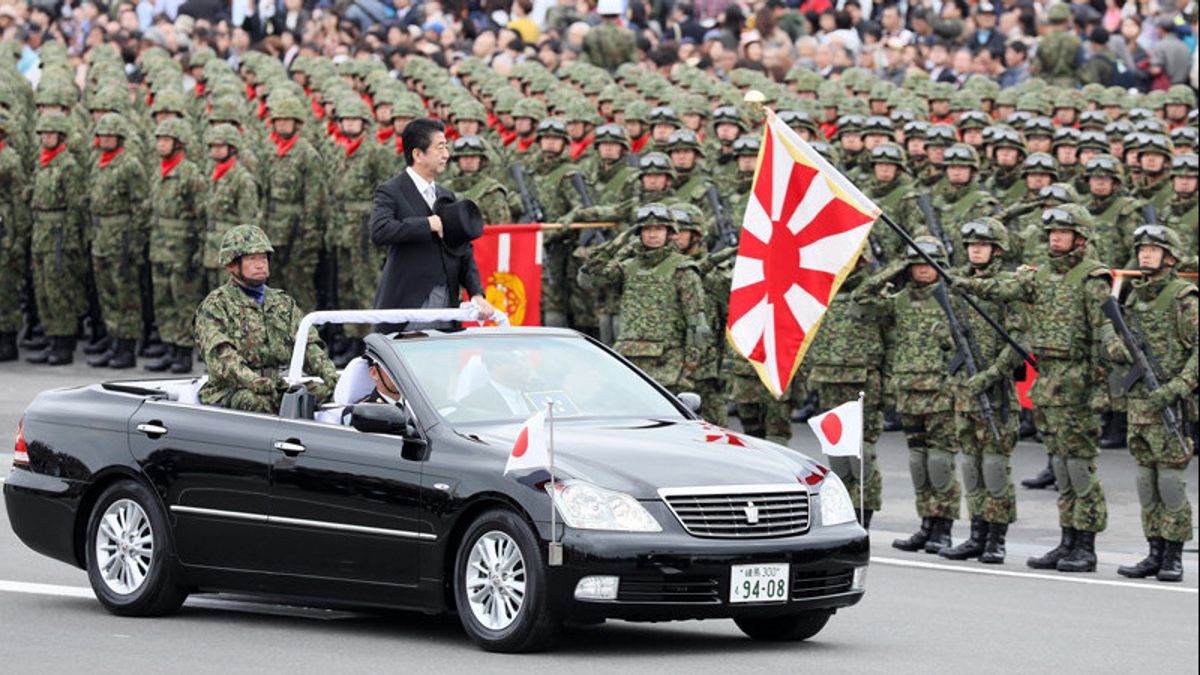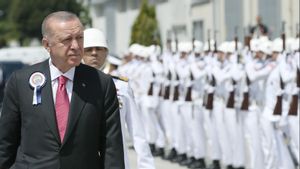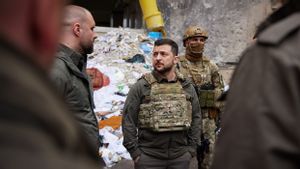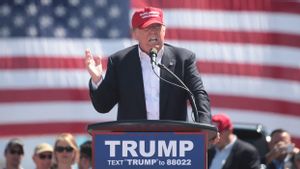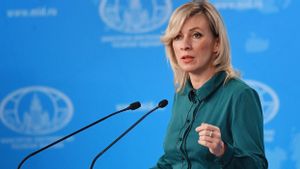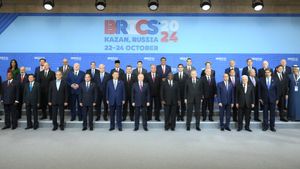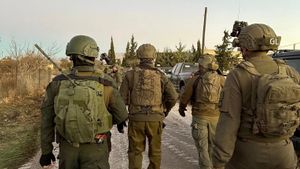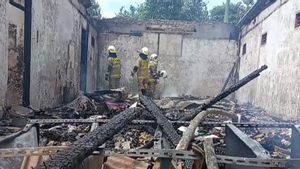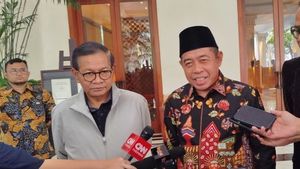JAKARTA - Eight security experts who reviewed footage of the shooting of former Japanese Prime Minister Shinzo Abe said there was a 2.5 second lag time between the first shot and the second shot that caused fatal injuries, which could have saved or protected Abe.
Japanese and international experts said the failure to protect Abe from the second shot appeared to be a series of security lapses surrounding the assassination.
Abe's killing in Nara City by a man using an improvised weapon on July 8 shocked Japan, where gun violence is rare and politicians campaign in public with light security.
Japanese authorities, including Prime Minister Fumio Kishida, have acknowledged security lapses, with police saying they are carrying out an investigation.
In addition to security experts, Reuters spoke to six witnesses at the scene and examined several videos available online, shot from different angles, to compile a detailed report on security measures prior to his shooting.

Footage shows that the shooter, identified by police as Tetsuya Yamagami, 41, was able to approach a few meters behind Abe, 67, while Abe was campaigning, unattended and carrying a gun.
"They should have seen the assailant very deliberately walking behind the prime minister and intervening," said Kenneth Bombace, head of Global Threat Solutions, which provided security to Joe Biden when he was the presidential candidate.
Yamagami came within about 7 meters (23 feet) of Abe before firing his first shot, which missed, the Yomiuri newspaper said, citing investigative sources. He fired a second shot, which hit, at about 5 meters, he said.
Abe's bodyguards do not appear to have a "concentrated ring of security" around them, said John Soltys, a former Navy SEAL and CIA officer who is now vice president at security firm Prosegur.
"They don't have any sort of surveillance on the crowd," he said.
Asked about the experts' analysis, the Nara Prefectural Police, which is in charge of security for the stoppage of Abe's campaign, told Reuters in a statement it was "committed to identifying security issues thoroughly" with Abe's protection, declining to comment further.

Video footage shows that, after the first shot, Abe turned and looked over his left shoulder. Two bodyguards attempted to block him and the shooter, one of whom held up a thin black bag. The other two headed for the shooter, who was moving closer through the smoke.
Although Abe's security caught up with the attacker moments later and arrested him, it was a security 'wrong response' to pursue the shooter instead of moving to protect Abe, said Mitsuru Fukuda, a Nihon University professor specializing in crisis management and terrorism.
There is sufficient security, "but there is no sense of danger," said Yasuhiro Sasaki, a retired police officer in Saitama Prefecture near Tokyo who handles security for VIPs. "Everyone was shocked and no one went to where Abe was."
The Tokyo police, who are in charge of the VIP politician's bodyguard, asked the Nara police a question. The National Police Agency, which oversees local police forces, said Abe's killing was a result of the police's failure to fulfill their responsibilities, forming a team to review security and protection measures, to consider concrete steps to prevent such serious incidents from recurring.

"We recognize the problem is not only in the on-site response, such as security and protection arrangements, personnel deployment and basic security procedures. But also in the way police are involved," he said in response to a Reuters question.
Reuters was unable to reach Yamagami, who is still in police custody, for comment and could not determine if he had a lawyer.
Could be avoided
Footage showed four bodyguards inside the guardrail as Abe spoke, according to Koichi Ito, a former sergeant on the Tokyo Metropolitan Police Department's special assault team, who is now a security consultant. Their numbers were corroborated by local politician Masahiro Okuni, who was at the scene.
As the former prime minister steps up to speak, Yamagami is seen in the video footage in the background, clapping his hands. As Yamagami walks behind Abe, security doesn't seem to be taking action, the footage shows.
Abe should have a special protective bodyguard accompanying him, said a member of the US Diplomatic Security Service, which protects senior diplomats and foreign officials.
"We will grab him by the belt and collar, cover him with our bodies and walk away," the agent said.
VOIR éGALEMENT:
Separately, Katsuhiko Ikeda, the former inspector general of Tokyo police who ran security for Japan's Group of Eight (G8) summits in 2000 and 2008, said the situation would have developed very differently had Abe's security details been close enough to protect him in a second or two.
Ito, a former police sergeant, said security could have stopped the first fire if they were alert and communicated.
"Even if they missed it, there was more than two seconds before the second shot, so they could have prevented it. If Abe was protected properly, it could have been avoided."
The English, Chinese, Japanese, Arabic, and French versions are automatically generated by the AI. So there may still be inaccuracies in translating, please always see Indonesian as our main language. (system supported by DigitalSiber.id)
